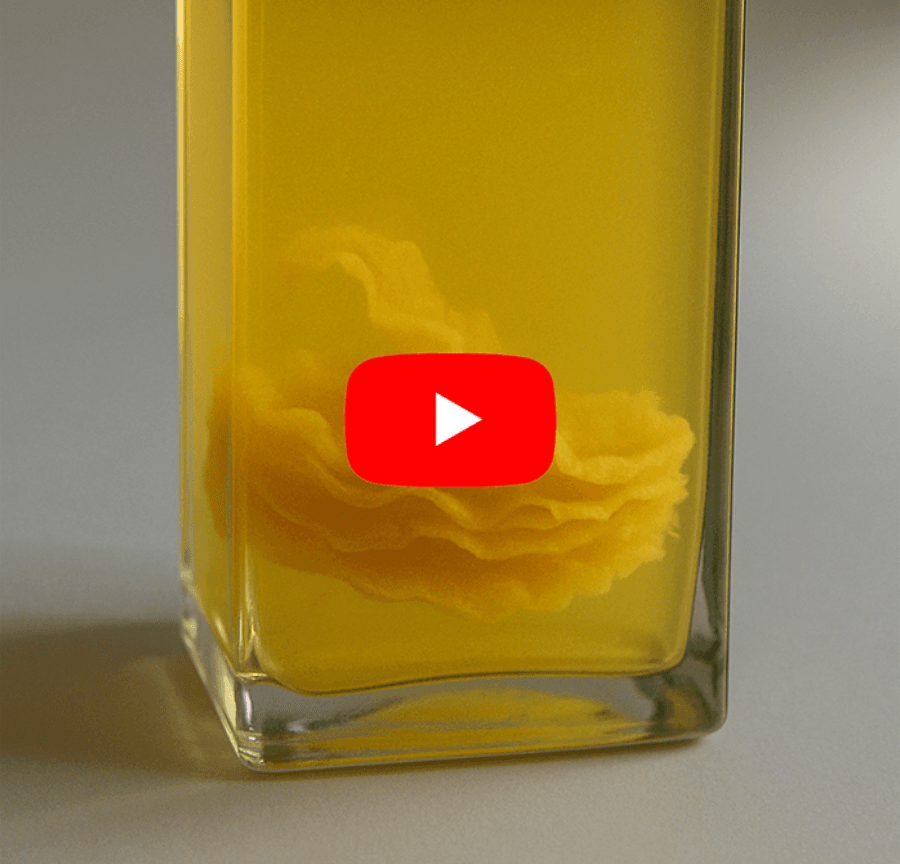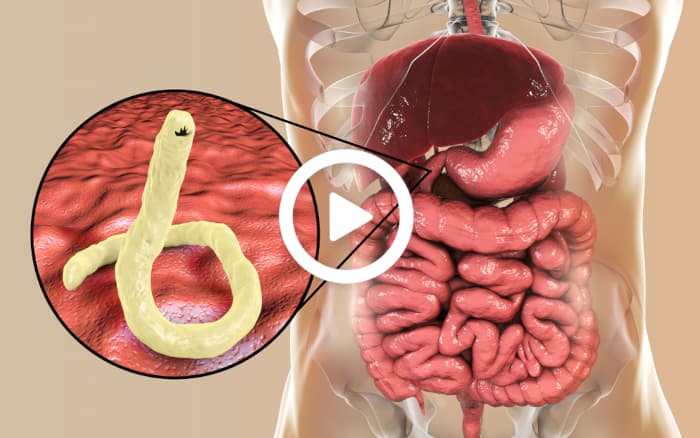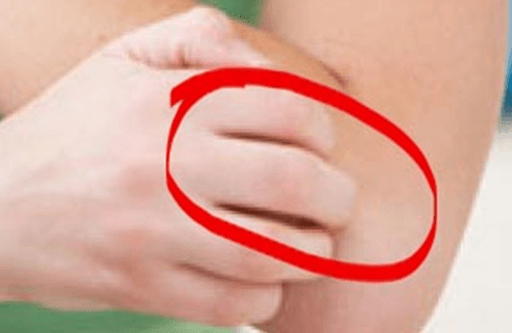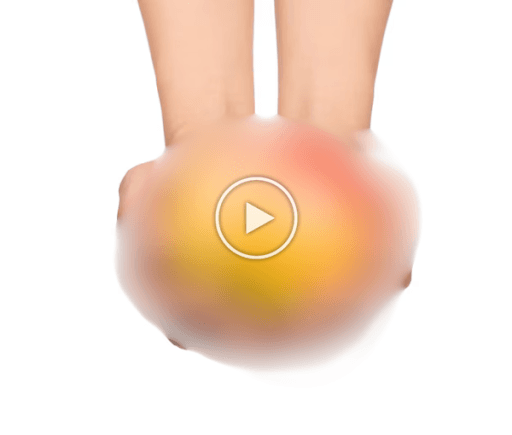dental patient refuses x-rays #shorts
In today’s world, there is growing anxiety about exposure to radiation from common sources. A popular myth is that dental X-rays contribute significantly to this exposure. This article delves into the surprising comparisons between X-rays and everyday food items to set the record straight.
Many people might be surprised to learn that bananas are somewhat radioactive due to their potassium content. Potassium naturally contains a radioactive isotope known as potassium-40. If you've ever been alarmed by the thought of radiation, eating bananas might be an unexpected twist: you are consuming radiation.
- Bananas contain potassium-40, a naturally radioactive isotope.
- Consuming bananas introduces radiation in minute, harmless quantities.
This connection becomes relevant when determining just how much radiation we get from a single dental X-ray.
When dental professionals recommend an X-ray, many patients instinctively decline, fearing excessive radiation exposure. However, it is crucial to understand that the radiation dose from modern dental X-rays is minimal.
"Taking one dental x-ray is similar to eating like a few bananas."
Misinformation often surrounds conversations about radiation, overshadowing the balancing act between necessary medical diagnostics and precautionary measures. Understanding the equivalences between food sources and diagnostic tools can help mitigate unnecessary fears.
For example, there are additional considerations, such as lactose intolerance causing dietary concerns or a surprising allergy. In humorous turns of dialogues, people sometimes claim to be "allergic to bananas" – a statement unlikely referring to fear of radiation.
By contextualizing medical practices with everyday analogies, we can more accurately assess risks versus myths. As research continues, it remains important to make informed decisions grounded in scientific understanding rather than unproven fears.
From Around The Web
Wellness Inbox is a blog & weekly newsletter that curates trending news and products related to health and wellness from around the web. We also gather content from various sources, including leading health professionals, and deliver it directly to you.
Please note that we may receive compensation if you purchase any products featured in our newsletter. Wellness Inbox is not affiliated with, nor does it endorse, any health professionals whose content may appear in our newsletter. The information provided is for general informational purposes only and should not be considered medical advice.
The information provided is not intended to replace professional medical advice, diagnosis, or treatment. All content, including text, graphics, images, and information available is for general informational purposes only. We do not guarantee the accuracy or completeness of any information presented and assume no liability for any errors or omissions. The content is subject to change without notice. We encourage you to verify any information with other reliable sources and consult your physician regarding any medical conditions or treatments.







